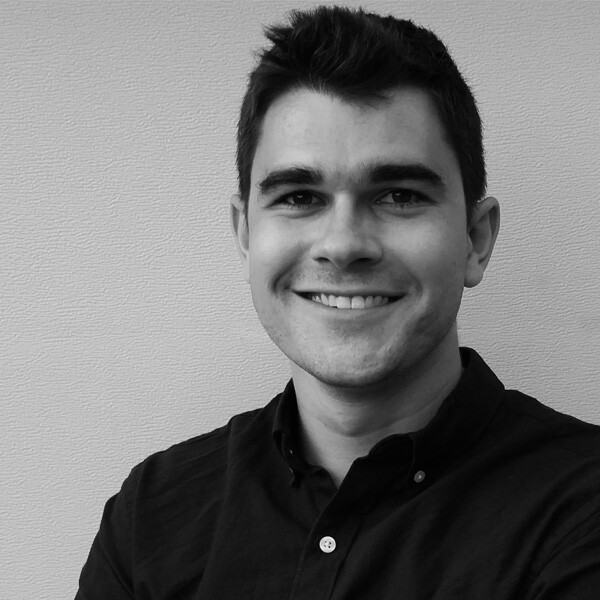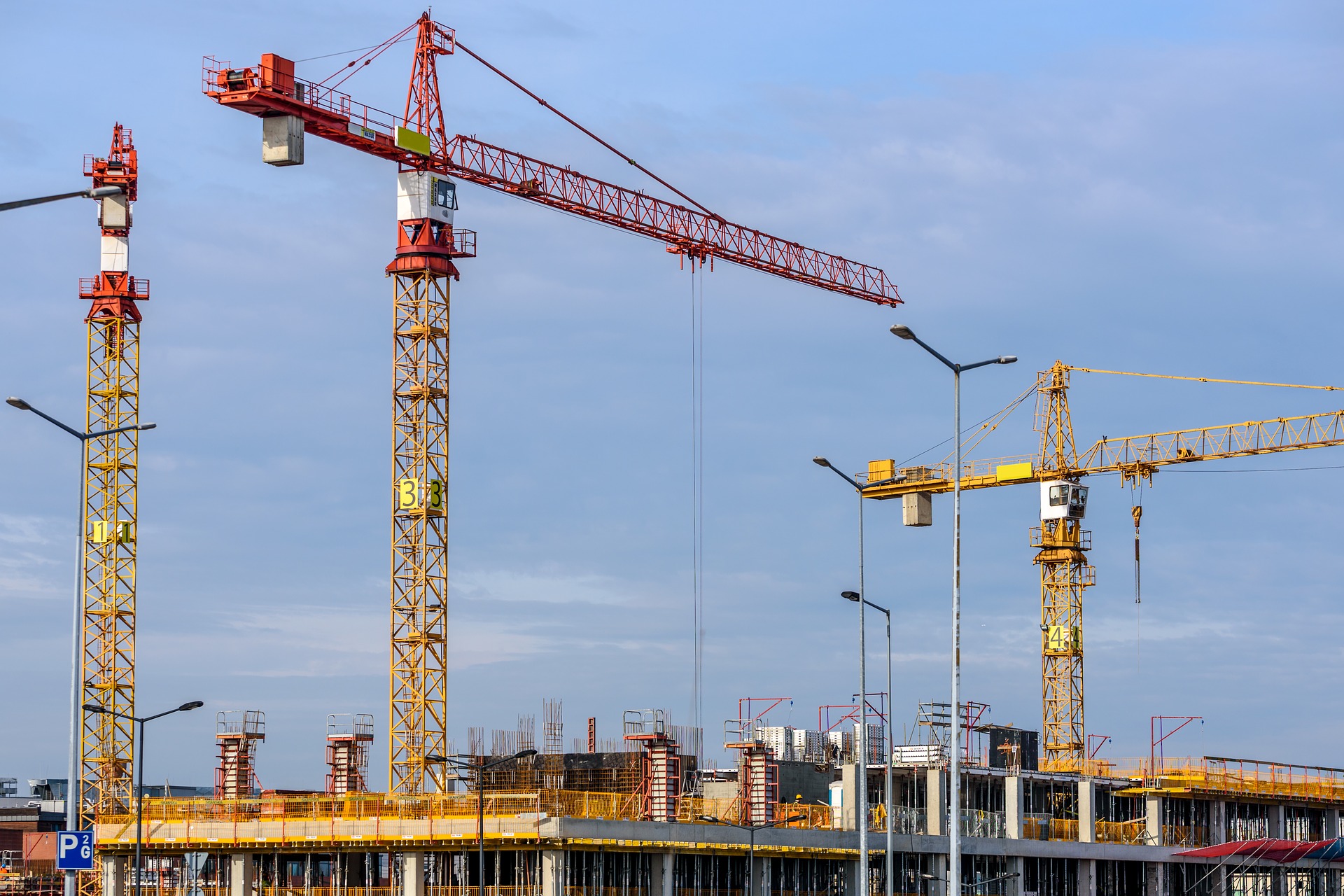Many AEC users establishing a drone workflow will focus on capturing basic photographs and video, and that can be a great starting place. You can turn those assets into highly effective deliverables—there are plenty of case studies that demonstrate how systems like this can be game changing for basic asset inspections.
However, many professionals don’t know how to take the technology to the next level, where they generate a three-dimensional model in the form of a point cloud or a mesh. For those not so familiar with this kind of reality capture, the workflow is an introduction to a whole new industry.
Doesn’t a point cloud cost too much?
The term “point cloud” might give some professionals a flashback to the “sticker-shock” moments from their laser scanning days, and that’s not surprising. In the past, point clouds required robust equipment as well as robust software to process, and that technology was cost prohibitive for many. It’s a technology that has been expensive for some time, so I understand anyone who is weary to jump in with it now on account of UAVs.
However, with the democratization of UAVs and the technology that comes with it, surveyors, superintendents and many other professionals can now produce relatively high quality point clouds for a couple thousand dollars. In many cases, professionals don’t even need to use lidar to generate a point cloud.
What do I need to know about accuracy?
As professionals dig deeper into this data, they’re beginning to see the true detail and accuracy of their new deliverable. Here are a few things to know:
- It’s safe to say that adding ground control points will increase a project’s accuracy.
- Point clouds from lidar offer high precision and incredible accuracy, sometimes to the millimeter.
- Photogrammetric solutions use photos to extract 3D data, so the more photos of a site or a project, the better the detail. This requirement makes it obvious when not enough photos were taken of a specific point of interest. Without enough photos, the sharp edges or details appear rounded and almost have what I call a “lava” effect. Reflective surfaces such as heavy glazing on a building or water features can cause inaccuracies in the data as well. Without enough photos or with poorly captured photos, the data can quickly become severely distorted, making them good only for pure visualizations.
What about quality control?
This brings up the question of quality control. Remember, no solution is perfect and every type of capture requires some form of quality control.
When capturing data from a UAV, it’s essential to do a quality check of the main areas of interest. If the data does not seem as it should, reassess your capture techniques and determine if you have reached the limitation of the platform, which can tell you if another technique is required.
The importance of education
Drones might represent a reintroduction to point clouds for certain people, but they also require a re-education to the overall topic of reality capture. Reality capture and point clouds can have many varying levels of accuracy, depending on your approach and the technology you use.
Not attempting to understand reality capture technology may not have immediate effects, but as technology advances, the inexperience will add up. We are already seeing prominent UAV and lidar combinations entering the market, and though they are not currently as cost-effective as UAVs with a basic camera, their price point will continue to go down while the data they capture gets better. When the time comes for the market to switch from camera-based solutions to lidar-based, inexperience could put professionals below the bar and further increase the technology gap.
Test it out
The technology is available at big box stores for such a low price point, which makes it a must to at least “taste” to maintain a basic understanding of the market and where it is going. It’s important to know how the drone point cloud varies from a flown lidar point cloud, for instance, just as it is important to know how aerial capture varies from terrestrial or mobile capture, and how high-end, millimeter accuracy, terrestrial capture varies from the accuracy of introductory level terrestrial systems.
Conclusion: Big questions
UAVs are making existing practices easier, cheaper, and safer, but they’re also getting professionals to ask important questions about their projects. For instance—Does this project or site require millimeter-level accuracy, or will a UAV with a 20MP camera suffice?
Drones have made the case for reconsidering our reality capture techniques and understanding what our project needs. They are making us ask, “What is the right tool to accomplish those needs?” As reality capture professionals, we have so many new tools now that we can achieve our needs in many different ways. We just have to develop an understanding of our minimum requirements and our basic capabilities.
Â






